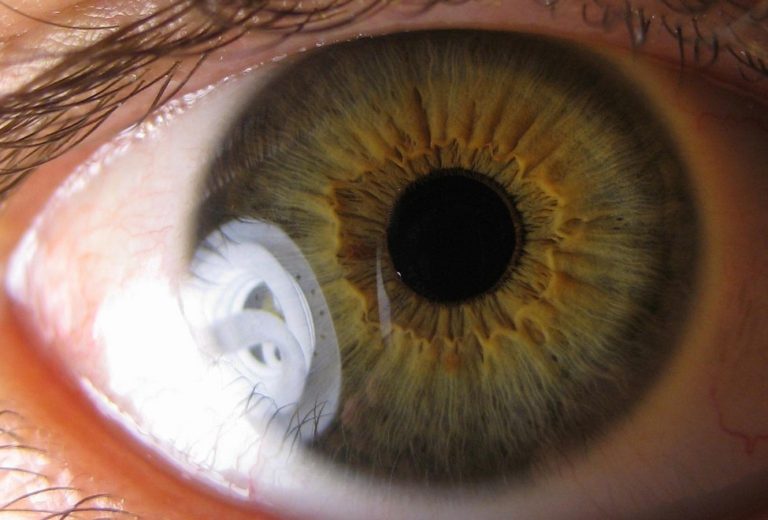A multidisciplinary team based at New York University has developed a diagnostic tool that uses eye movement to detect traumatic brain injury. The tool could provide physicians with a fast, simple and accurate test for diagnosing TBI severity and assessing patient recovery.
The new diagnostic tool is the brainchild of Uzma Samadani, MD, PhD, chief of neurosurgery at the New York Harbor Heath Care System and an assistant professor at NYU School of Medicine. She developed the eye-tracking algorithm while searching for outcome measures to assess TBI recovery.
“Every 8 seconds somebody in the U.S. gets a serious blow to the head from a fall, collision or accident, and we can’t even tell how badly they’re hurt,” Dr. Samadani said during a talk at TEDMED 2014. “Sometimes we can’t even tell if they’re hurt at all, not even with our best technology. We use CT and MRI scans, but concussion does not generally show up on these.”
Eyes tell the story
Dr. Samadani’s system uses an eye-tracking camera to record a patient’s eye movements as he or she watches a music video. The video plays inside an aperture on a computer monitor. The aperture moves across the screen in a rectangular pattern over 200 seconds. Early tests were conducted three years ago among severely injured vegetative patients.

“We had this idea that less injured people would be able to watch television while more severely injured patients would just stare into space,” she said during her TEDMED session. “The software measured how well their eyes followed action on the screen and whether their pupils were able to converge on a focal point as that point moved. If one eye lagged behind the other — even for just a fraction of a second — we would be able to detect that.”
The tests showed that disconjugate eye movement detected by the eye-tracking technology correlated with brain injury. “It was clear that normal healthy people were moving their eyes in a way very, very different than people who had swelling in their brains,” Dr. Samadani said. “In fact, in many patients, eye movement abnormalities actually revealed where in the brain the injury might have occurred. Their eyes told the story.”
Recent results
A recent paper in the Journal of Neurosurgery showed that the eye-tracking technology may detect cranial nerve palsies related to brain compression.
And a study published in January in the Journal of Neurotrauma compared healthy volunteers to trauma patients with either a positive head CT, negative head CT or a non-head injury. “The study showed that 13 trauma patients who had hit their heads and had CT scans showing new brain damage, as well as 39 trauma patients who had hit their heads and had normal CT scans, had significantly less ability to coordinate their eye movements than normal, uninjured control subjects,” according to an NYU press release. “Among all trauma patients, the severity of concussive symptoms correlated with severity of disconjugacy.”
“Cannot fake wellness”
One potential benefit of the eye-tracking technology is that it could provide an objective measure of brain injury independent of self-reported symptoms. “Two patients who suffer a head injury and present with virtually-identical CT-scans might have completely different symptoms,” Dr. Samadani said in the press release. “That’s where eye-tracking can help objectively reveal when one patient may be much more affected by a concussion than another.”
Objective measures could help identify patients — such as student athletes — who may be hiding symptoms in order to return to play. “With eye movement tracking, it’s virtually impossible for someone to fake wellness, disease or premature recovery,” Dr. Samadani said at TEDMED.
Potential applications
The eye-tracking system could one day be used in hospital emergency departments or even at the sidelines of sports events. It could also provide an objective measure for assessing therapeutic interventions for TBI.

Clinically, the system could allow physicians to accurately diagnose TBI in a wide range of patients. “We can do this in a 2-year-old, we can do this in a 92-year-old,” Dr. Samadani said at TEDMED. “They can speak any language or have any level of literacy.”

